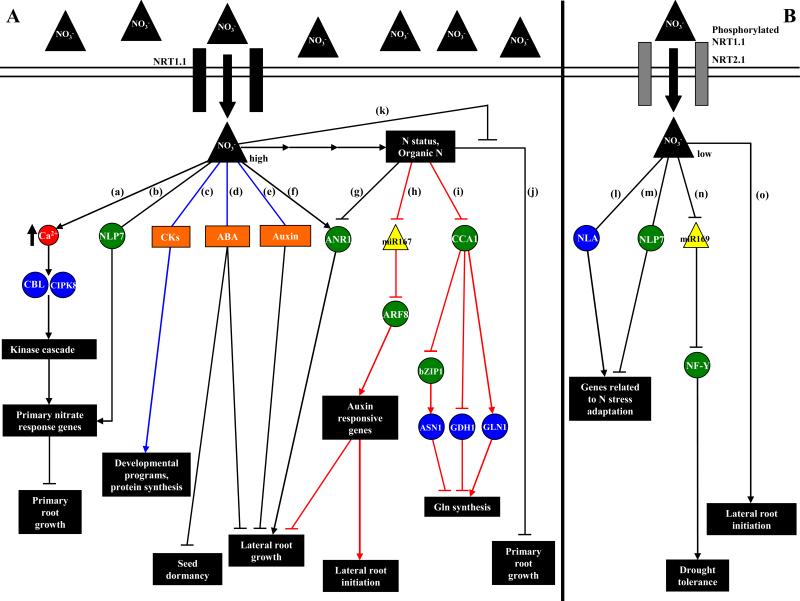Figure 1. Recent advances in identifying the molecular pathways controlling Arabidopsis responses to N.
Green circles represent transcription factors, blue circles represent enzymes and yellow triangles represent miRNAs. Black lines represent relationships inferred by genetic approaches, red lines represent relationships inferred by systems biology approaches and blue lines represent relationships inferred by both genetic and systems biology approaches. (A) High nitrate situation: nitrate is transported and probably sensed by the NRT1.1 transporter. Inside the cell, nitrate can regulate nitrate primary response genes such as NIA, NiR and NRT2.1 and primary root growth by a pathway involving calcium accumulation, the CBL proteins and the CIPK8 protein kinase [12] or the NLP7 transcription factor [35] (a,b). Nitrate can also interact with the cytokinin, ABA and/or auxin signaling pathways to regulate developmental programs and protein synthesis [59-63] (c), repress seed dormancy [57] (d) and repress lateral root growth [52-54] (e). Localized high nitrate supply is also known to induce the MADS-box transcription factor ANR1 to promote lateral root elongation [15, 17] (f). N metabolites produced by nitrate reduction and assimilation also have signaling roles repressing lateral root growth by a pathway involving ANR1 [16] (g), determining the ratio between initiating and elongating lateral roots by regulation of the miR167/ARF8 module in the pericycle [6] (h), regulating Gln biosynthesis by regulation of the ASN1, GDH1 and GLN1.3 genes by the master clock gene CCA1 [74] (i) and repressing primary root growth [18-20] (j). Nitrate is also able to alleviate primary root growth inhibition by glutamate (k). (B) Low nitrate situation: nitrate can be transported and probably sensed by the high-affinity NRT2.1 transporter. Limiting nitrate conditions can regulate drought tolerance by repressing miR169 and inducing the A5 subunit of the NF-Y transcription factor [47] (l), regulate the expression of genes related to N stress adaptation by pathways involving NLP7 and NLA [30-32, 35] (m,n) and induce lateral root initiation when plants are transferred from high to low nitrate conditions [5] (o). See the text for more details.

